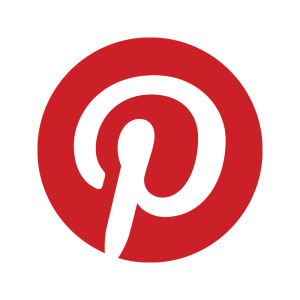
Recently the residents of The Warrior Forum – a popular Internet marketing forum — have declared that Pinterest is the new Facebook. While such a judgment might seem prematurely over the top, it’s clear that Pinterest can be a terrific tool for building a fan base and activating a community for your product or service. For marketers that rely on visual media to generate excitement about products and offerings, the service is terrific, although using it can be intimidating to marketers that are unfamiliar with how its analytics work.Could Pinterest become the next Facebook? Here’s what it’s got going for it:
- It’s non-intrusive. Pinterest — in its Google and Facebook integrations — only accesses the friends and contacts of the user, nor does it ask for intrusive information.
- It’s about content, content, content. The site focuses on the exchange of content, and is inherently designed for fans. This is a boon to marketers as fan communities spontaneously arise, are nurtured by community managers, and then passed on into the larger Internet ecosystem.
- It pays it forward. Unlike Facebook, which struggles to be ‘sticky’ in order to keep users within its walled garden, Pinterest paradoxically encourages users to pass along content outside its gates. This facet duplicates one of the great features of Twitter. Pins are analogous to Tweets, making Pinterest a launch pad for content sharing. This is great for marketers who want to drive traffic back and forth between their own site and then back to Pinterest, creating a perpetual cycle of engagement.
- It is social by trying not to be. Mark Zuckerberg has stated that he wants Facebook to be an online equivalent to a newspaper. Pinterest does this better by self-organizing interest-based communities that focus on content. Facebook and Pinterest differ in terms of how customers communicate about interests and brands, but Pinterest may in fact be a far more brand-friendly platform to do business on than Facebook, especially with visual products.
Drawbacks
Pinterest has a few of its own problems, and not all of them are related to “being like Facebook.”
- No room for discussion. Pinterest has a clunkier interface for discussion than Facebook has. The service is about showing things, not chatting, but some better implementation of forum-like features would help immensely. If it isn’t careful, Google+ could make advances against it on this front.
- It’s not a billboard– In my explorations of Facebook, I’ve seen too many brands go up and attempt “whack-a-mole” broadcast-style marketing. Pinterest is user-curated and interactive, and content that attempts to function like outdoor display advertising will fail. At core, it’s platform for content marketing — not advertising.
- Monetization – As Econsultancy notes, Pinterest hasn’t quite settled on its business model quite yet, relying on VC money for operations. We suspect that it will make most of its scratch primarily from user analytics and data, because it functions so well as a “sandbox” in which brands can observe the behavior of customers in their native environment without the interference of traditional advertising models. Pinterest can also serve as an excellent platform for special deals and offers, as long as care is taken to not be intrusive with such things.
Whether it ever catches up with Facebook, Pinterest offers marketers a lot of value, and it can serve as a model for user-driven, inbound marketing efforts. If you haven’t explored what it offers, you’re missing out.
- 10 Mistakes to Avoid When Using QR Codes for Marketing - September 20, 2023
- Kevin Lee on How AI Changes the SEO Landscape - August 31, 2023
- The Power of Compound Marketing: Kevin Lee Presents @ 1MediaWorld 2023 Global Conference - March 7, 2023
